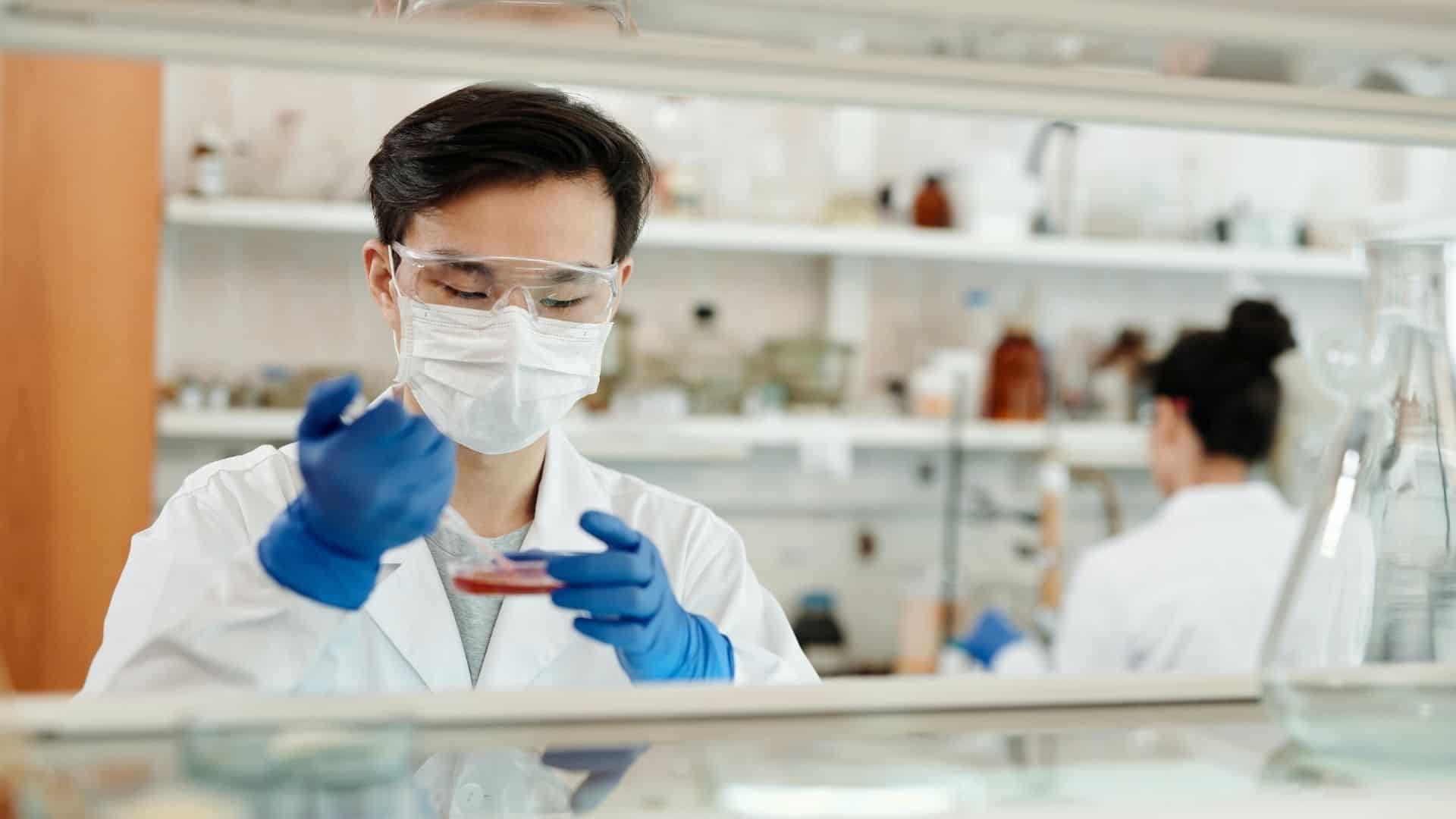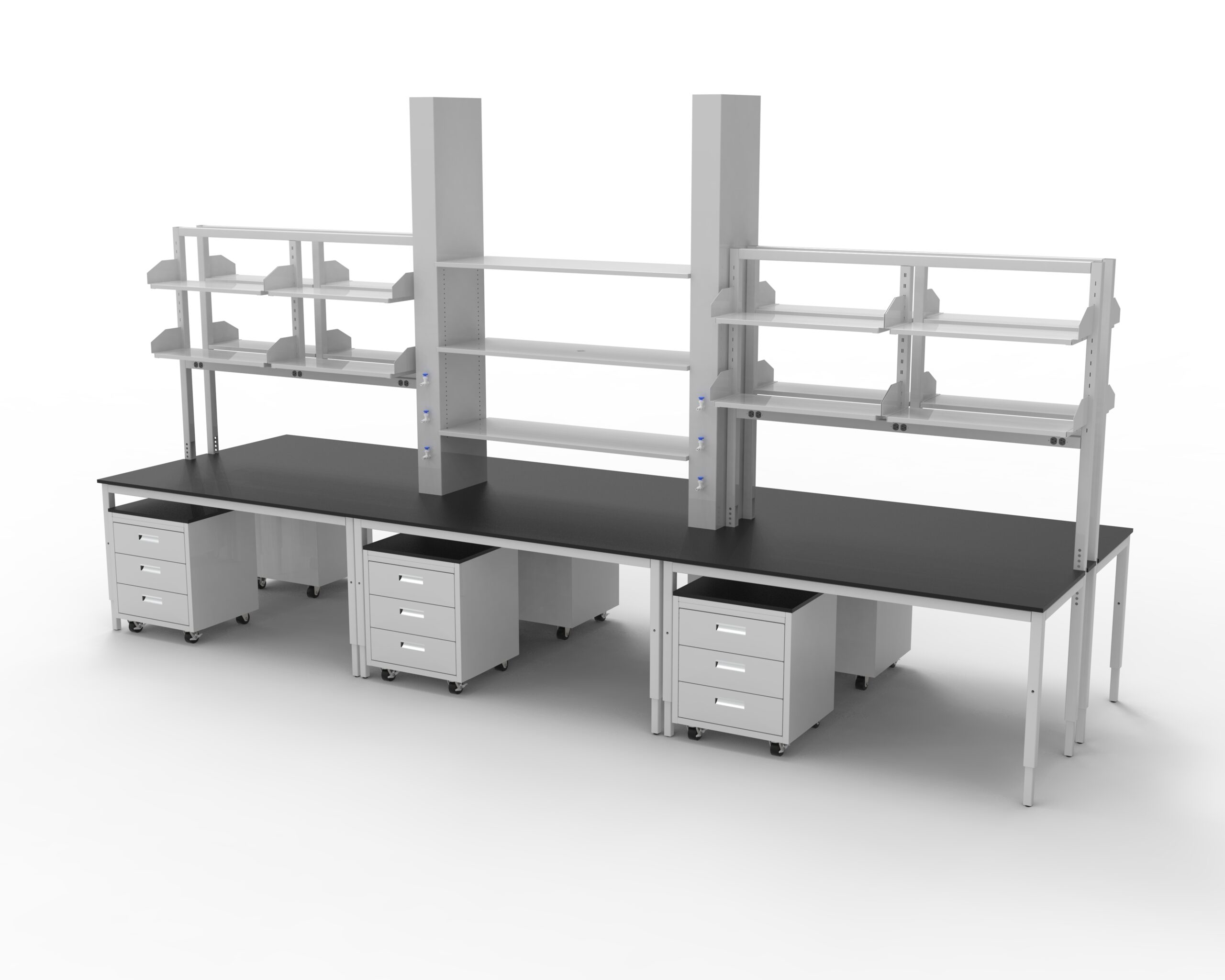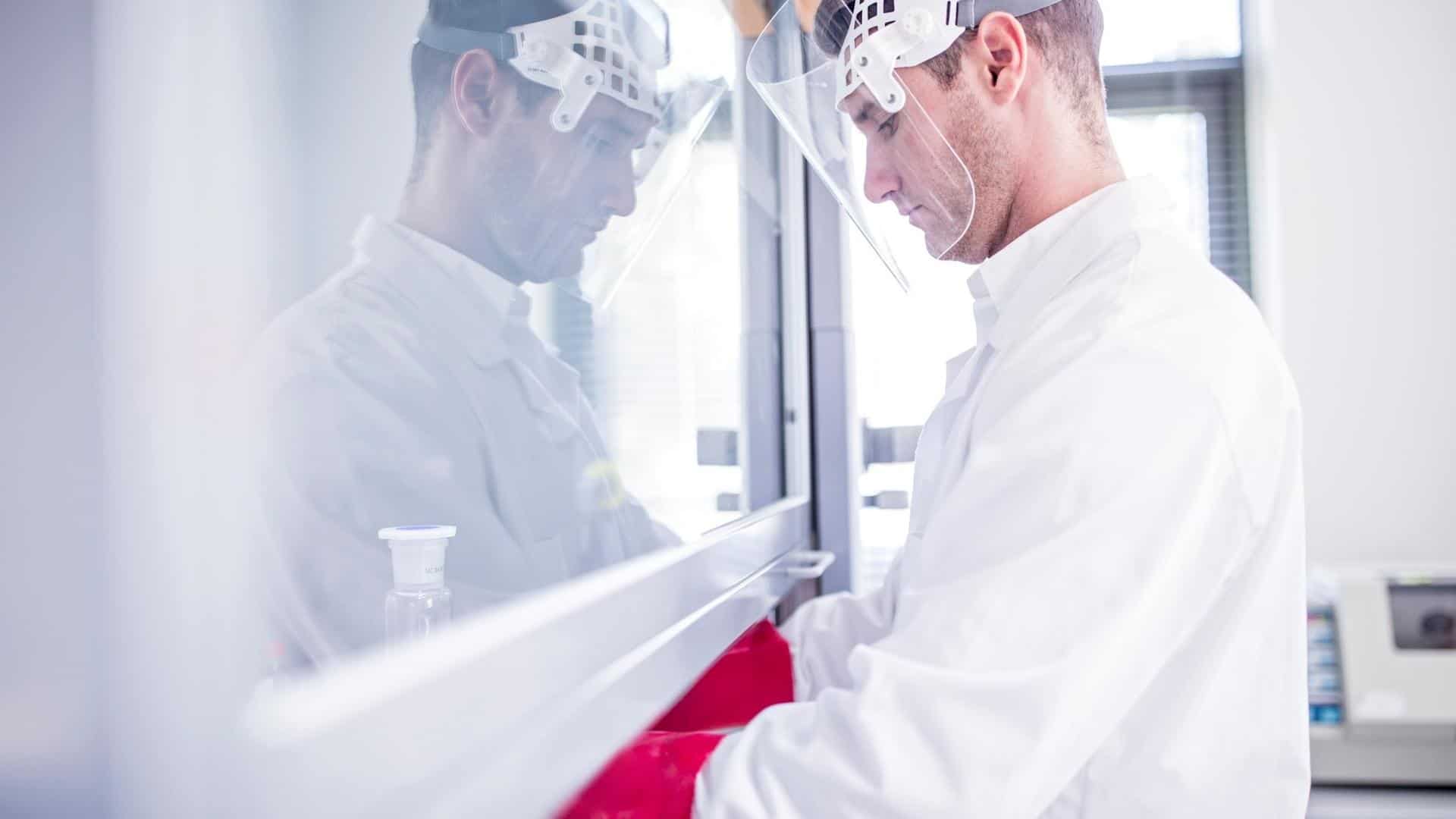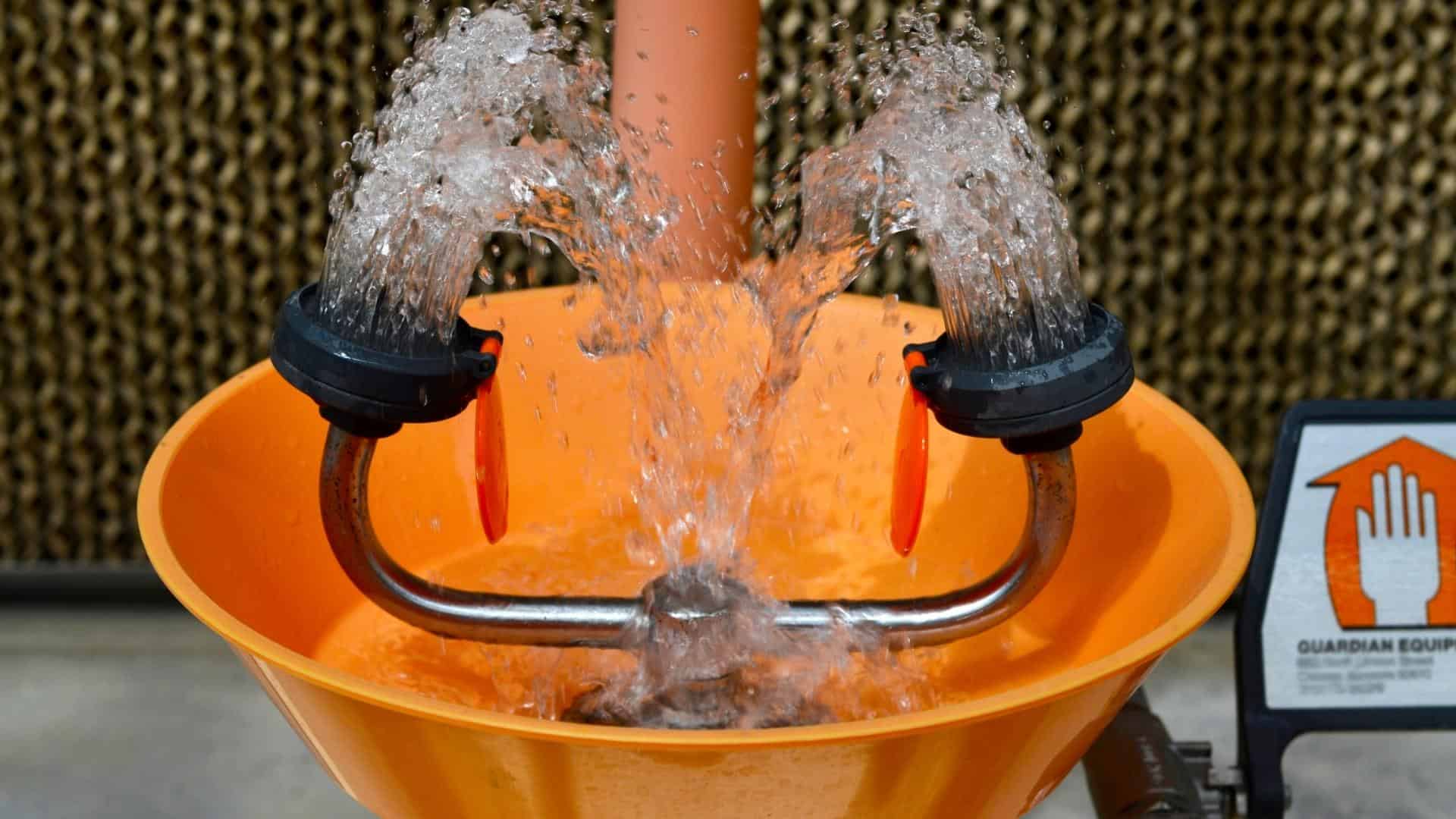There are four main components to operating a laboratory fume hood safely: meeting industry standards, testing the fume hood, following safety protocols during use, and properly maintaining the fume hood to ensure its safety and effectiveness.
1. Purchase a Fume Hood that Meets Industry Standards
All manufacturers must meet certain industry standards to ensure the safety of their products. For fume hoods, the ASHRAE 110 is the benchmark.
What Is the ASHRAE 110?
ASHRAE stands for the American Society of Heating, Refrigerating and Air-Conditioning Engineers. Formed in 1959, it actually brought together two other engineering societies founded in the late 1890s and early 1900s. With this depth of engineering knowledge, the ASHRAE quickly established itself as an industry leader.
The ASHRAE 110 was released in 1985 and later revised in 1995 as a standard for testing laboratory fume hoods. Since its release, it has served as the industry standard for fume hood safety. An update in 2016 slightly changed the parameters of the test and allowed the results to be recorded digitally instead of manually.
ASHRAE 110 testing involves three parts:
- Face velocity measurement calculates the average face velocity maintained by the fume hood.
- Smoke visualization shows how the fume hood contains air and reveals any leaks.
- Tracer gas containment measures how many particles can escape the fume hood to be inhaled by the fume hood operator.
The test is also conducted under three different scenarios:
- As manufactured (AM): Ensures that the fume hood was built properly.
- As installed (AI): Proves that the installation of the fume hood did not introduce any safety concerns.
- As used (AU): Ensures the fume hood functions properly when used in a lab.
At iQ Labs, both our benchtop and floor mounted fume hoods meet the ASHRAE 110 fume hood testing standards.
2. Test the Fume Hood Before Use
Purchasing a fume hood that has met industry standards is just the first step toward the safe operation of a fume hood. Next, you will need to conduct your own test of the fume hood before you use it.
Make sure the exhaust is working properly. Check that the baffles are not blocked in any way, and check the airflow monitor if your hood is equipped with one. If your monitor registers changes in airflow, or even if you just feel a change, report it right away.
When you install your fume hood, make sure to choose an area that is not in the line of regular foot traffic. Too many people walking past your fume hood can disrupt the airflow and decrease its safety. If you have a ducted fume hood, make sure to tape off a perimeter to ensure no one walks too closely to it.
3. Follow Safety Protocols During Use
Fume hoods undergo testing by both manufacturers as well as operators to ensure there are no defects that would risk the safety of those in the lab. These rigorous testing standards mean that, in most cases, the biggest risk of using a fume hood is typically user error. That’s why it’s important to adhere to any and all safety protocols while using a laboratory fume hood.
Standard safety protocols for proper fume hood use include:
- Practice closing the sash: The sash should be closed whenever possible, particularly when it’s not in use.
- Reach: Leaning on your fume hood can disrupt the air and damage the airfoil, a vital safety component. Instead of leaning, reach for what you need.
- Wear PPE: Use any personal protective equipment (PPE) your laboratory provides, including goggles, aprons, face shields, and gloves.
- Watch materials and containers: Do not place too many containers in the hood, even for storage. Keep an eye on paper products and labels to prevent them from getting sucked into the hood and causing obstructions.
- Use monitoring tools: If available, use tools to monitor temperature, air flow, face velocity, and more.
Remember, fume hoods should not be used for any purpose other than the one they are designed and intended for. Any such misuse can result in serious complications, injury, or even worse.
4. Properly Maintain Your Fume Hood
Maintenance ensures that your fume hood remains safe to use. You should be visually testing your fume hoods daily, monitoring them, and making any adjustments as the need arises.
Fume hoods should be certified annually at a minimum. Getting your fume hood inspected each year is especially important since nearly a third of all fume hoods routinely fail their tests. If your hood is malfunctioning at all, contact the manufacturer or your own safety department to have it tested. Any fume hoods that fail inspection should be repaired or replaced immediately.




